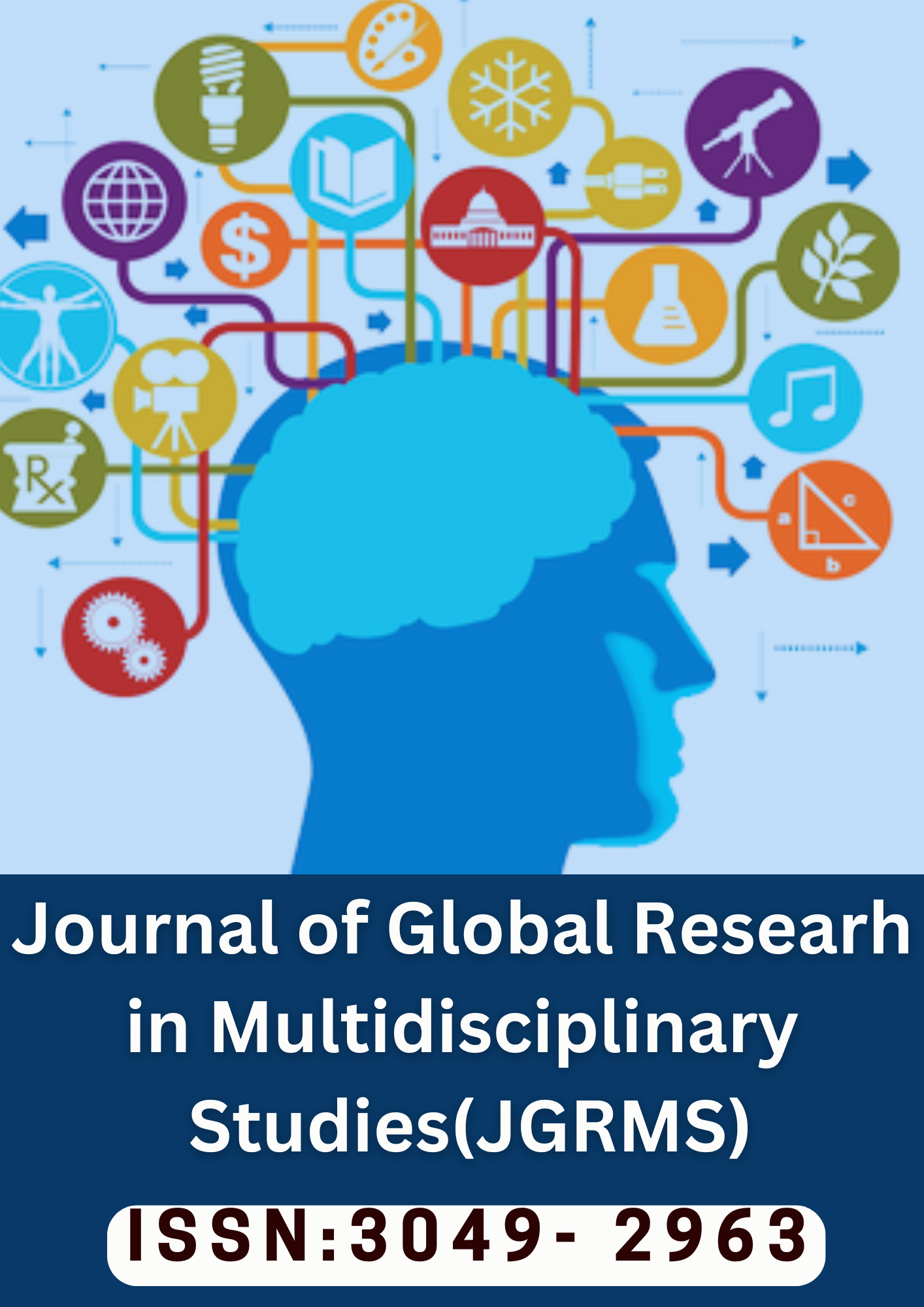A Review on Large Language Models (LLMs) with RAG Research Challenges and Opportunities
Main Article Content
Abstract
Large Language Models (LLMs) are now essential to contemporary applications in natural language processing, and retrieval-augmented generation (RAG) approaches have emerged in response to the need for more factual, context-aware, and trustworthy outputs. In order to overcome constraints like hallucinations and static knowledge bounds, RAG improves generating quality by including external information retrieval into the LLM process. This paper systematically surveys the evolving landscape of RAG systems, highlighting foundational components such as sparse, dense, hybrid, and graph-based retrieval methods, and their impact on semantic richness, scalability, and reasoning capability. Challenges such as hallucination, data privacy, security vulnerabilities, and ethical risks are examined in depth, along with faithfulness issues in output generation. Evaluation frameworks, including both quantitative (e.g., Precision, BLEU, BERT Score) and qualitative metrics, are reviewed alongside emerging benchmarks like RAG-Bench, MIRAGE, and MTRAG. Further, the study identifies key research gaps in adaptive retrieval, sufficient context modeling, and privacy-preserving methods. As RAG continues to evolve, the integration of hybrid neuro-symbolic systems and reinforcement learning-based adaptation presents promising avenues for future research. The survey provides a very detailed insight into the technical progress of RAG, its assessment systems, and deployment issues, and it can be viewed as a guide towards researchers and developers who seek to develop reliable, interpretable, and robust retrieval-augmented generation systems.
Downloads
Article Details
Section

This work is licensed under a Creative Commons Attribution-NonCommercial 4.0 International License.
How to Cite
References
10.5281/zenodo.16830537

